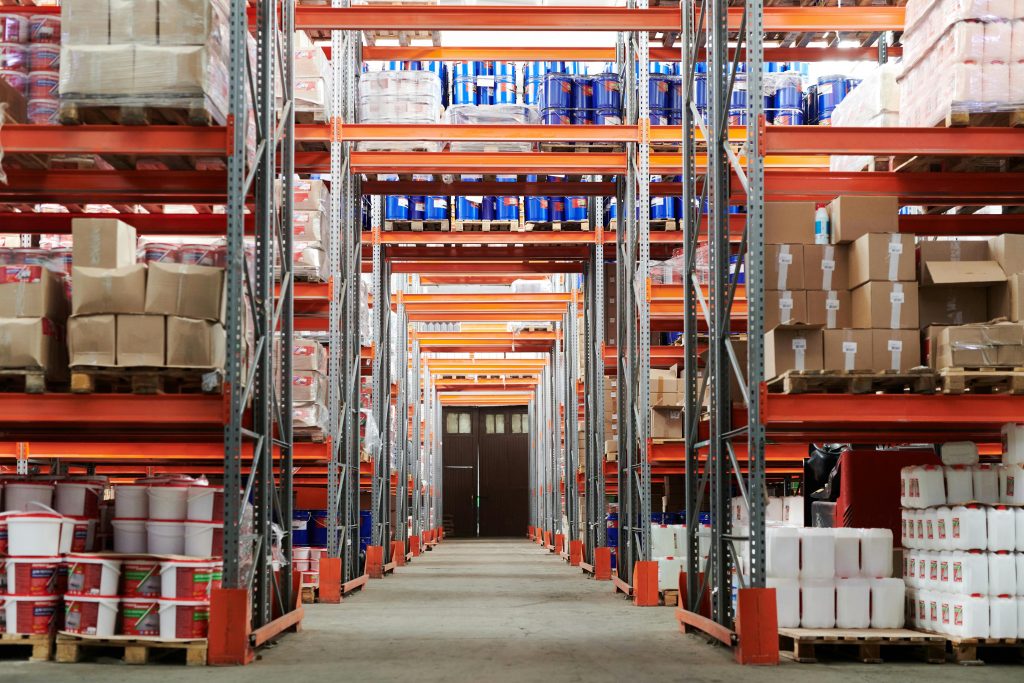
Warehouse – Source : https://www.pexels.com/@tiger-lily/
The manufacturing industry is a fast paced, and time sensitive industry, any problems with machinery can lead to delays in product being finished and shipped to consumers, and in such a large field, even one mishap can lead to loss of customer loyalty. Seeing customers jump ship to a competitor is the last thing anybody wants for their business, and so making sure as few of those mishaps happen as possible is imperative. Traditionally, maintenance has been performed one of two ways – reactive, fixing problems as and when they rear their heads, or preventative – scheduling more or less arbitrary checks to make sure machines don’t break down regardless of showing signs of needing them. The former method means delays are bound to happen, and the latter is costly, needing more hands than you might like on a constant basis, costing your business money which could be better put elsewhere. In comes predictive maintenance.
What is Predictive Maintenance?
Predictive maintenance is a proactive strategy that uses real-time data from sensors, either installed, or built into manufacturing equipment to monitor the health of machines. By continuously collecting and analysing data such as temperature, vibration, and operational performance, predictive maintenance techniques can forecast potential equipment failures before they happen. This approach allows manufacturers to schedule maintenance only when it’s truly needed, minimising unexpected breakdowns and reducing costs.

How Does Predictive Maintenance Reduce Downtime?
- Real-Time Monitoring: Predictive maintenance software monitors machinery around the clock, detecting any abnormalities or deviations from normal operating conditions. When a potential issue is identified, the system can alert technicians immediately, allowing for repairs or part replacements before a breakdown occurs.
- Data-Driven Forecasting: Advanced algorithms within the software analyse historical and real-time data to predict when components are likely to fail. By knowing exactly when a machine is at risk, maintenance teams can avoid unnecessary inspections and focus their efforts on high-risk areas, reducing the chances of unplanned downtime.
- Optimised Maintenance Scheduling: Instead of sticking to rigid maintenance schedules, predictive maintenance provides flexibility. Equipment can be maintained during planned downtime or shifts, avoiding disruptions to the production line. This minimises costly interruptions and keeps production running smoothly.
Cost Savings Through Predictive Maintenance
- Preventing Major Breakdowns: By identifying and addressing issues early, manufacturers can prevent small problems from escalating into major breakdowns that require expensive repairs. This can extend the machines life as well, heading off massive costs on replacing machines.
- Lower Labour Costs: Predictive maintenance reduces the need for frequent manual inspections and unnecessary maintenance work. By focusing on areas that truly need attention, manufacturers can optimise labour resources, cutting down on overtime costs and unnecessary repairs.
- Reduced Spare Parts Inventory: Instead of stocking an excessive number of spare parts “just in case,” predictive maintenance allows manufacturers to maintain an optimised inventory based on real-time data and projected needs. This reduces storage costs and frees up capital for other areas of the business.

How to Implement Predictive Maintenance in Your Facility
Implementing predictive maintenance in your business starts with integrating a variety of hardware and software into your machines. Sensors will need to be installed to monitor key parameters, and advanced analytics tools are required to process the data and make accurate predictions. With the right software in place, manufacturers can; Integrate predictive maintenance with their existing operations; Set up automated alerts to notify technicians when maintenance is needed; and Leverage data analytics to optimise maintenance strategies across the entire facility.
Conclusion: Unlocking Efficiency with Predictive Maintenance
Predictive maintenance isn’t just about preventing downtime; it’s about optimising the entire production process. By leveraging real-time data and advanced analytics, manufacturers can minimise disruptions, reduce costs, and ensure their equipment operates at peak performance. The investment in predictive maintenance solutions not only delivers a significant return on investment but also leads to a more reliable, efficient, and future-ready manufacturing operation.

Comments are closed